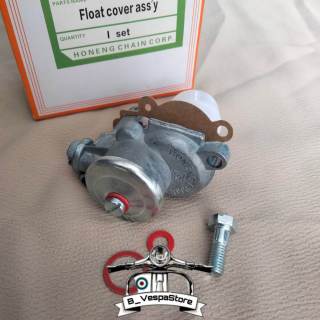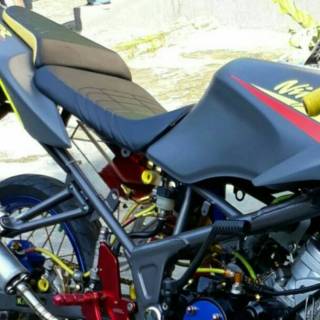


[6][7]The nest of Vespa affinis are built high in trees, but also low in shrubs as well as on houses. [11]References [ edit ]^ “Vespa affinis (Linnaeus, 1764)”, at http://www.hornissenschutz.de/vespa_affinis_engl.htm . Taxonomy, distribution and nesting biology of Vespa affinis (L.) and Vespa mocsaryana du Buysson (Hym., Vespinae). ^ Vespa affinis” at ” at http://www.vespa-bicolor/main/vespid/vespa-affinis.htm . ^ Vespa affinis” at ” at http://www.vespa-bicolor/main/vespid/vespa-affinis.htm .
Above: Vespa affinis in Hong Kong. Below: Vespa affinis from SingaporeThis species is widespread throughout Asia. It can often reach 60 cm in length in sub-tropical areas, and even larger in true tropical regions. Possibly, larger colony sizes and constant hot weather cause most wasps to be more defensive in tropical regions. In most parts of its range, Vespa affinis can easily be distinguished from Vespa tropica by its smaller size and the distribution of the yellow band on the abdomen; the yellow band covers the first and second segments in Vespa affinis, but only the second in Vespa tropica.
In both patients, acute pulmonary oedema had been the dominant manifestation detected both clinically and histopathologically that had contributed to their death within a short hospital stay. During the early hours, onset of acute pulmonary oedema was not obvious clinically and detected later in advanced stages when the damage was irreparable. In the literature, wasp venom-induced massive acute pulmonary oedema has been reported in a 38-year-old Chinese woman in whom the causative mechanism was unexplained[8]. Finally, acute pulmonary oedema and increased microvascular permeability should be the main pathology that contributed to these deaths. Whether this could have been averted by use of adrenaline and meticulous fluid management at the outset needs to be addressed.
Permission to extract venom from V. affinis was obtained from the Department of Wildlife Conservation of Sri Lanka (WL/3/2/71/14). PatientsPatients (n = 30) who developed anaphylaxis following a sting by V. affinis in 2017 at District Hospital, Bandarawela, Sri Lanka, were enrolled. The sera were then incubated with strips containing V. affinis venom according to the methods described in a previous section. The percentage activation of CD63 (basophil population with anti CD63-FITC intensity > 102) was then calculated from the gated population for the different positive controls, negative controls and V. affinis venom. These were then incubated with V. affinis venom (1 µg/ml) and percentage CD63 activation was determined.
After sexuals emerge from their cells, they remain within the nest for 8–11 days (males) or 13–14 days (queens). During this time their weight increases (males 38 %, queens 40 %) due to the laying down of fat in the gaster. The weight of workers does not change over the same period. When queens emerge in spring their weight is at its lowest, and they feed on nectar. During summer, queens again gain weight but this is now due to the development of the ovaries.










Copyright By@ServisRingan - 2025
